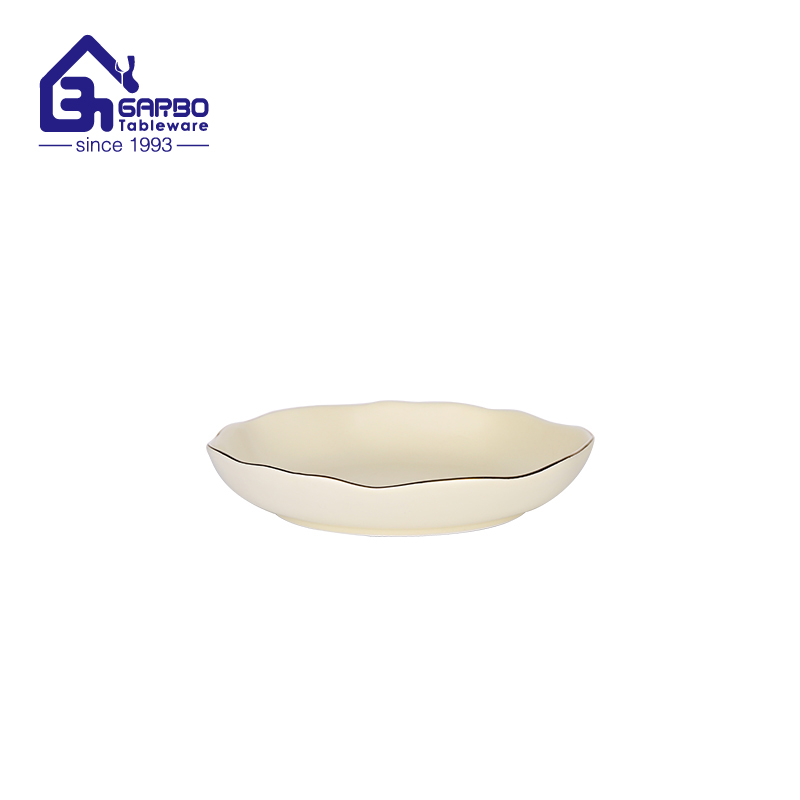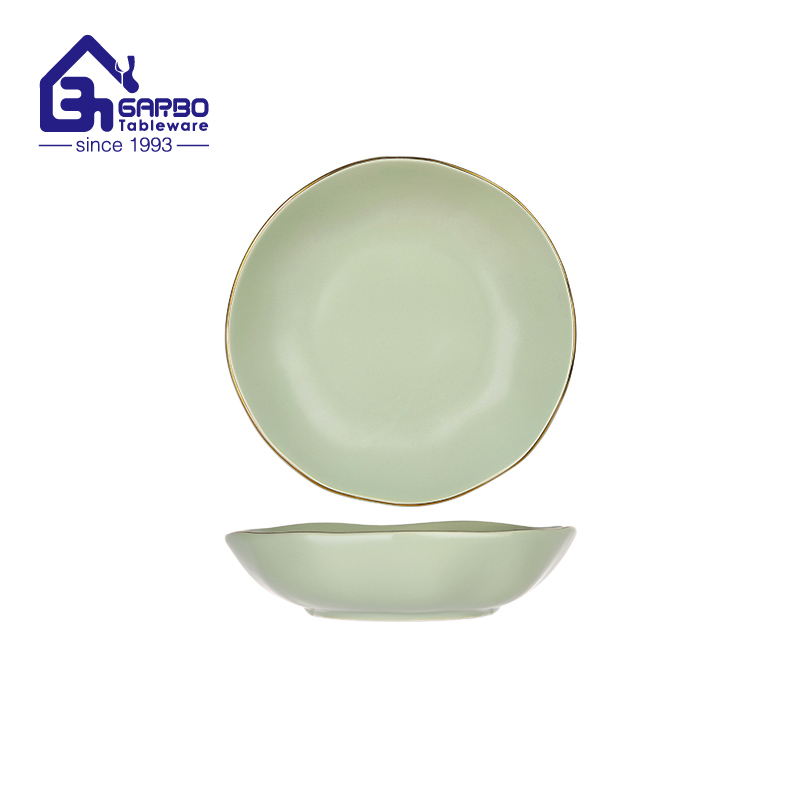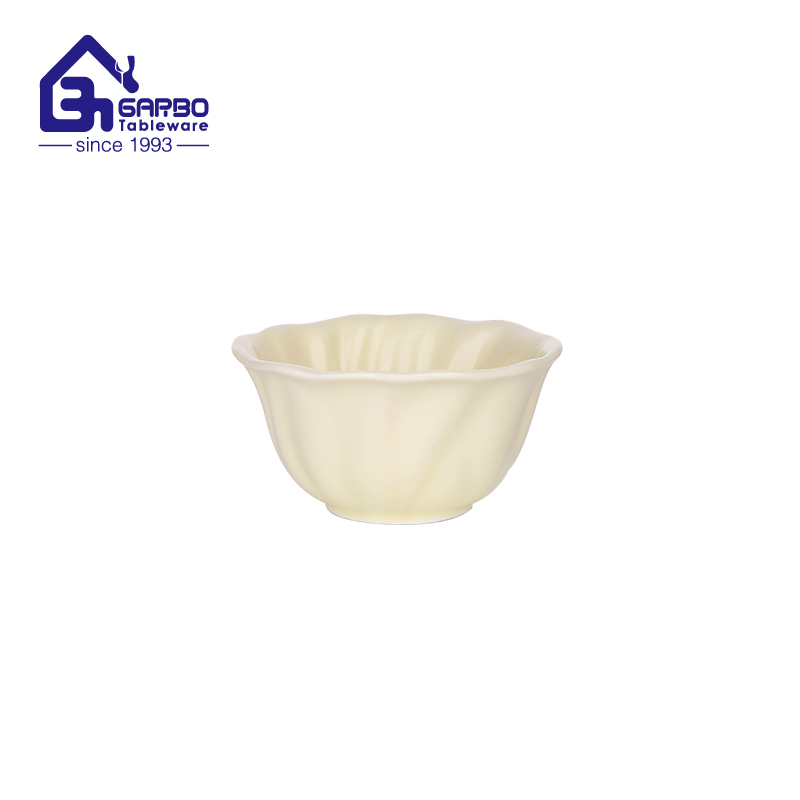Pulished on Jul. 04, 2025
In the ceramic industry, reinforced ceramics are widely used in high-end hotels, restaurants, and home furnishings due to their high strength, high whiteness, and excellent impact resistance. However, there are still many suppliers in the market whose products have issues such as fragility, deformation, and glaze defects, resulting in a high customer complaint rate. According to statistics, about 30% of the unqualified cases of reinforced ceramic products are caused by raw material problems, 25% are caused by production process defects, and another 20% are related to improper design and glaze formula. So, why do some suppliers consistently struggle to produce reinforced ceramic products? Based on industry data and actual production experience, we can find the answer from the three core links of raw materials, production processes, design, and glaze.

Raw material control is a very important link in strengthening ceramic production and is a quality bottleneck that many suppliers find difficult to solve. According to industry surveys, over one-third of the quality issues with reinforced ceramics can be attributed to raw material defects, mainly manifested as excessive impurities in porcelain clay, imbalanced bone charcoal ratios, and improper use of reinforcing agents. These issues directly lead to defects such as color difference, insufficient transparency, or inadequate strength of the product. Especially for raw materials without sufficient pretreatment, the porosity of the billet will significantly increase, seriously affecting the qualification rate of the finished product. In contrast, Garbo strictly implements raw material testing and dynamic formula management, and the defect rate of the reinforced ceramic products produced can be reduced by more than 20%, which fully proves the importance of raw material control.

The backwardness of production technology is also one of the important reasons restricting the improvement of the quality of reinforced ceramic products, like ceramic bowl, ceramic plate, etc.. Industry research shows that about 40% of quality defects are due to insufficient technology in the production process, manifested as product deformation caused by inaccurate kiln temperature control by production personnel, structural defects caused by rough forming processes, and quality fluctuations caused by lack of automation equipment. Taking the firing process as an example, most companies still use traditional kilns, which can result in a defect rate 2.5 times higher than that of smart kilns due to insufficient temperature control accuracy (± 15 ℃). However, Garbo adopts modern isostatic pressing technology, which can improve the density uniformity of reinforced ceramic products produced by more than 30%. This shows that technological upgrades in production processes are not only able to reduce defect rates, but also a decisive factor in improving product consistency and market competitiveness.

Unreasonable Design and Glaze Formula
Unreasonable product design and glaze formula are also important factors affecting the quality of reinforced ceramics. According to our research on the market, these problems often lead to three typical problems: firstly, improper structural design causes stress concentration, resulting in a decrease of more than 30% in the impact resistance of the product; Secondly, there is insufficient matching between the glaze formula and the body, resulting in microcracks when the temperature changes; The third reason is that the decoration process defects cause the patterns to fade or peel off during use. We have a strong voice in this regard. By introducing digital design simulation and standardized glaze system, Garbo has successfully reduced quality complaints by 58% and increased the service life of reinforced ceramic products to 2.3 times longer than ordinary products.

The quality of reinforced ceramic products fundamentally depends on three core elements: strict screening of raw materials, accurate control of production processes, and scientific proportioning of design and glaze. Data shows that suppliers who excel in all three key areas can reduce product defect rates by over 50% and increase customer satisfaction by 40%. As a manufacturer of reinforced ceramic products, Garbao has chosen to have a comprehensive raw material testing system, advanced production processes, and digital design capabilities to ensure the acquisition of high-quality reinforced ceramic products that combine excellent performance and aesthetics, thereby gaining an advantage in the fierce market competition.